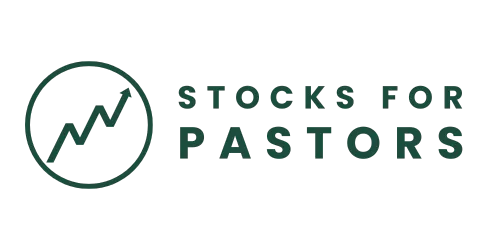Go beyond the basics with advanced strategies, hands-on coaching, and the ongoing support you need to trade like a pro.
Multiply Your Trading Skills and Grow Your Monthly Income Faster

You Don’t Need Another Job. You Need a Paycheck That Works on Your Terms.
You’ve probably heard it before:
“Start a side hustle.”
“Pick up some extra speaking gigs.”
“Drive for Uber in your free time.”
But deep down, you know the truth: Your time is already maxed out.
What you need is margin. Not more hustle.
What If You Could Run a Simple, Part-Time Trading Business From Your Laptop?
The Income Accelerator is a complete system designed to help entrepreneurial-minded pastors create withdrawable income every month using options trading.
It’s not a hobby. It’s not guesswork.
It’s a repeatable process to build a lean, flexible business that pays like a second job, without pulling you away from your first calling.

You’ll know exactly what to do, when to do it, and how to manage it.
How It Works
This isn’t “set it and forget it” investing. This is business building, with tools, structure, and strategy.
All Four Strategies: Seasonal Leverage Method, CFC, DCS, and our bonus 4th starter strategy.
Weekly Trade Alerts: Follow along with exact setups for every strategy.
Monthly Group Coaching: Live calls to review trades, sharpen your skills, and get your questions answered in real time.
Unlimited Email Support: Direct answers when you need them so you’re never trading alone.
Private Coaching Channel: Advanced trade reviews and deeper discussions with other Accelerator members.
What's Included
When you join the Income Accelerator, you get full access to:
The Options Business Course:
Learn the full framework behind this income-generating model. Taught in clear, practical lessons.
All Four Trading Strategies:
Master the complete playbook, from beginner-friendly methods to advanced setups, so you can adapt to any market condition.
Real-Time Trade Alerts:
Follow Michael’s actual trades each week. Know what to trade, when, and why.
Monthly Group Coaching Calls:
Get feedback, troubleshoot your trades, and grow with a like-minded community.
Unlimited Email Support:
Run your trading like a system, not a guessing game.
Supportive Private Group:
Be part of a network of pastors and ministry leaders building the same kind of freedom you are.
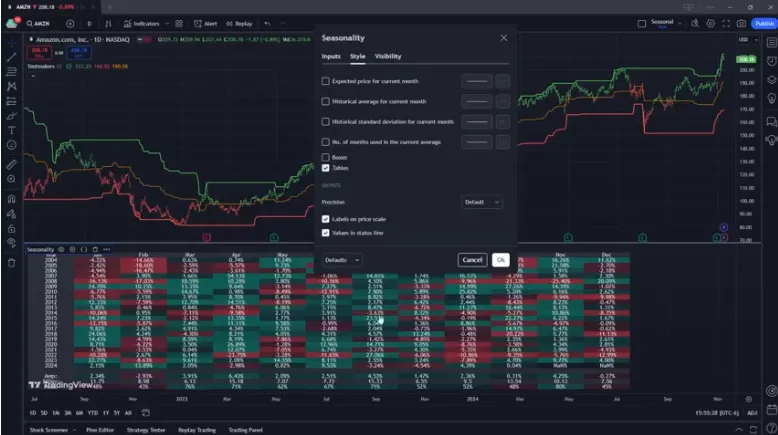
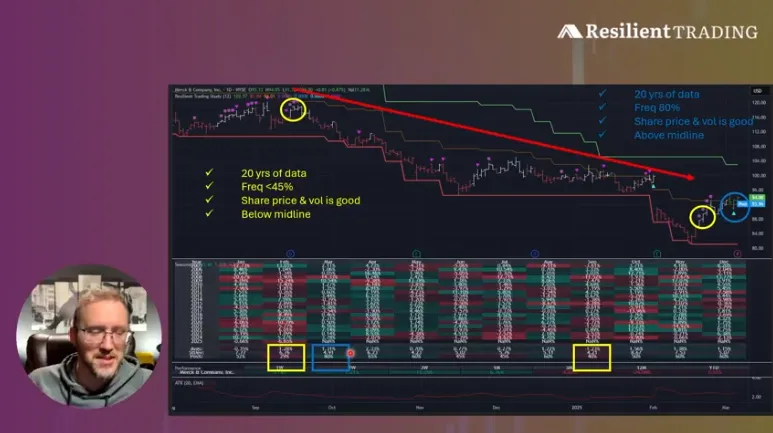
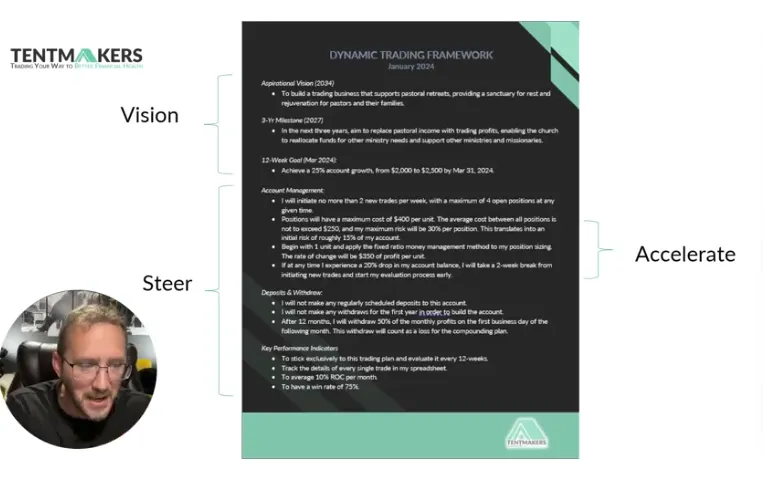
Real Results. Real Income.
This isn’t theory. These are actual results.
Since launching the Income Plan in April 2023, Michael has placed 221 trades with a 79.6% win rate, using the same strategy shared in this program.
Started the portfolio in April 2023 with a $2,000 account.
Earned $11,437 in profit over 24 months!
Average Monthly ROI: 5.9%!
Average Monthly Income: $477!
Only 2 Losing Months: 91.7% winning months!
That’s not flashy day trading. That’s consistent, repeatable income—built with focus, discipline, and a strategy that works.
If a $2,000 account can generate nearly $12K in profit in two years, imagine what this could mean for your family, your ministry, or your financial peace of mind.
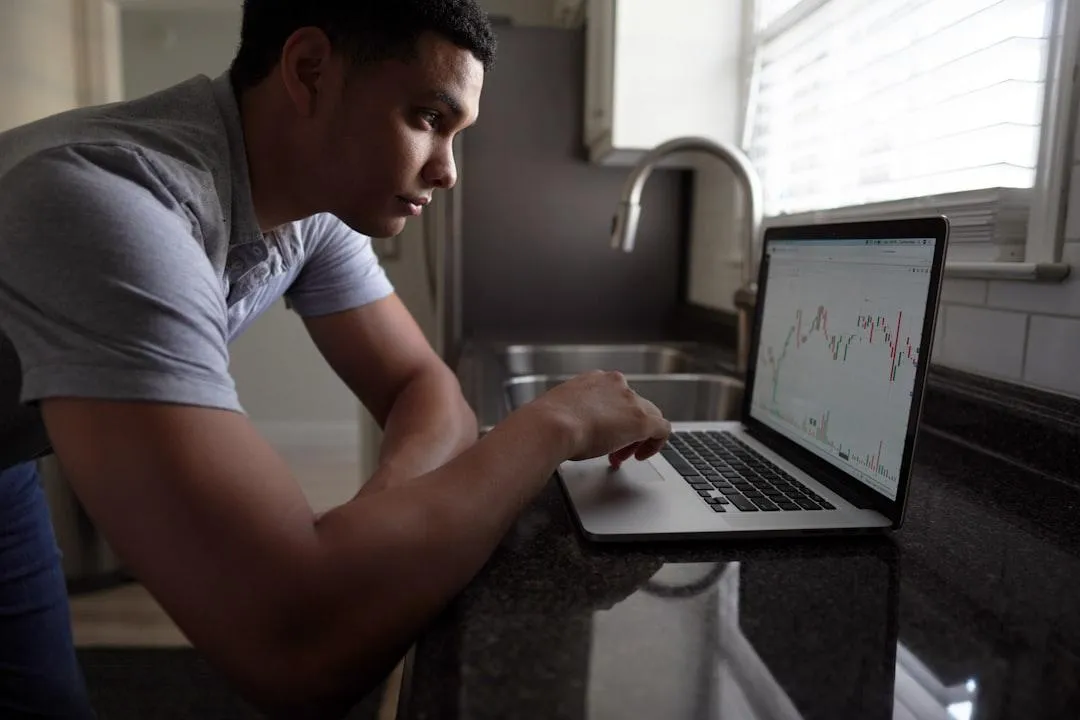
While results are never guaranteed and losses are always possible, many Accelerator members report profit potential in the $500–$700/month range as they gain confidence and consistency with all four strategies.
PRICING
Choose Your Plan
Foundations
$97/mo
Beginner-friendly video course that walks you through every step
Monthly seasonal watchlist of high-probability stocks
Real-time trade alerts for SLM and MIS strategies
Access to member community
Downloadable checklists, templates, and guides
Up to 3 questions per month, responses within 48 hours
Seasonal Leverage Method course
Monthly Income Strategy course
Cash Flow Collective Course
Double Canopy Strategy Course
Monthly live group coaching calls
2 free months
1:1 onboarding video chat and initial coaching session

No contracts - cancel anytime
Income Accelerator
$197/mo
Beginner-friendly video course that walks you through every step
Monthly seasonal watchlist of high-probability stocks
Real-time trade alerts for all four strategies
Access to member community
Downloadable checklists, templates, and guides
Unlimited questions, priority same-day response
Seasonal Leverage Method course
Monthly Income Strategy course
Cash Flow Collective course
Double Canopy Strategy course
Monthly live group coaching calls
2 free months
1:1 onboarding video chat and initial coaching session

No contracts - cancel anytime
Get 2 Mo FREE
$1,970/yr
Beginner-friendly video course that walks you through every step
Monthly seasonal watchlist of high-probability stocks
Real-time trade alerts for all four strategies
Access to member community
Downloadable checklists, templates, and guides
Unlimited questions, priority same-day response
Seasonal Leverage Method course
Monthly Income Strategy course
Cash Flow Collective course
Double Canopy Strategy course
Monthly live group coaching calls
2 free months
1:1 onboarding video chat and initial coaching session

No contracts - cancel anytime
For Pastors Who Think Like Entrepreneurs

Wants to provide more for your family without overextending your time
Believes financial margin creates ministry freedom
Is ready to treat income generation with the same intentionality as discipleship
Doesn’t want hype, just a method that works
Is willing to learn, apply, and grow
You're not just looking to invest.
You're looking to build something that gives back.
What Members are saying

“I can't tell you how awesome it felt to close my first winning trade! Knowing that when I clicked that button, I would be able to use that profit for a much needed date night with my wife. Thank you!”
Jon. H.

“I've been doing pretty good with stocks, but learning how to trade options has taken things to a whole new level.”
Ben C.

“This has been exactly the kind of side-hustle I was looking for. I needed someone I could trust to teach me how to get more time back and stop doing side gigs that take hours of my time and eat away at my ministry focus. Plus, I make more money with this. A double win!"
Will D.
Imagine This...
What if you could earn an extra 5–10% every month from your trading account?
Not once in a while. Not someday. But consistently. Month after month. What would you do with that extra income? How would it change the way you care for your family? What would it free you from mentally, emotionally, even spiritually?
Maybe you'd finally take your spouse on that getaway.
Maybe you'd cover an unexpected bill without fear.
Maybe you'd support a missionary or fund a ministry dream that’s been on your heart for years.
Maybe you'd stop feeling like you're behind.
This isn’t about chasing riches. It’s about creating margin so you can serve God and others with peace and confidence.
Let’s build that future together!
Read Our Latest Blogs
Lorem ipsum dolor sit amet, consectetur adipiscing elit.
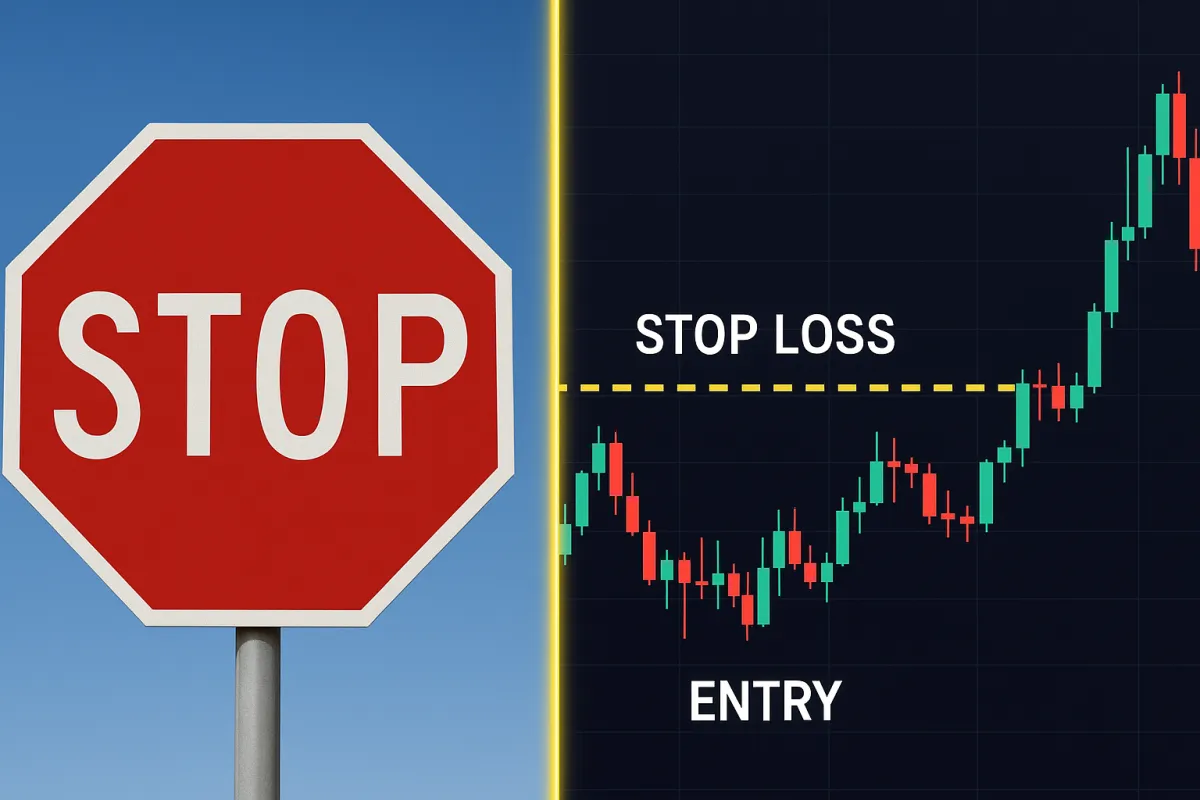
Why You Need a Pre-Defined Stop (and How to Set It)
Most traders focus on entries and targets but ignore the middle, the place where risk lives. That’s a mistake. Not having a pre-defined stop is gambling, not trading. A stop is not just a safety net; it’s part of your strategy. It protects your capital, your mindset, and your ability to stay in the game long enough to grow. When you plan a trade, think of the stop as the anchor that keeps your strategy grounded. It defines your maximum acceptable loss before emotion can take over and helps ensure you can trade again tomorrow even if this position fails. Over time, this discipline compounds by protecting your account from ruin, sharpening your analysis, and freeing mental bandwidth so you can focus on execution instead of survival.
Why Stops Matter
The best traders in the world think about risk before reward. They know that if you can’t define your downside, your upside doesn’t matter. Every trade carries uncertainty, no matter how good the setup looks. A stop-loss defines where you are wrong and limits how much you can lose when that happens. Without it, small mistakes can turn into major drawdowns. Experienced traders also understand that stops give them more freedom, not less, because they remove the fear of being trapped in an uncontrolled move. Knowing your stop is in place lets you commit fully to the trade without hesitation, allowing better focus on execution and follow-through.
Stops also protect your emotional capital. Once you set it, the decision is made. You don’t have to second-guess or panic when price moves against you. It removes stress and lets you trade your plan instead of your emotions. This emotional discipline compounds over time, building the kind of calm consistency that separates professional traders from those constantly reacting to every tick. When your stop is planned and respected, your decisions improve, your learning accelerates, and your confidence grows with each well-managed trade.
Where Most Traders Go Wrong
New traders often set stops based on how much money they feel comfortable losing instead of where the market structure says the trade is wrong. Others avoid stops altogether, hoping price will turn around. That approach might work once or twice, but over time it guarantees ruin. The market doesn’t reward hope; it rewards discipline. To trade professionally, you have to think in probabilities and structure, not feelings. The stop must be where your original trade idea is no longer valid, where market action proves you wrong, not just where you feel discomfort. Setting stops this way turns losses into useful feedback instead of emotional pain, because each one reinforces that your system is working as designed.
Another mistake is setting stops too tight. If your stop is inside the normal noise of price movement, you’ll get shaken out even when your setup is valid. Instead of allowing the trade space to play out, you end up donating small losses repeatedly, mistaking volatility for invalidation. A properly placed stop considers volatility, structure, and time frame. The goal is not to avoid every small loss. It is to stay alive for the big wins that follow the plan and to give your setups the room they need to unfold naturally without emotional interference.
How I Set My Stops
I start with structure. Every chart tells a story, and the stop belongs at the point where that story breaks.
Swing highs and lows: For bullish trades, my stop goes just below the most recent swing low. For bearish trades, just above the swing high.
VWAP and key levels: I use anchored VWAP to identify zones where institutions are likely defending positions. If price breaks that level, it’s a sign that control has shifted.
ATR multiples: I use the Average True Range to account for volatility. A stop one to one and a half times the ATR away from entry gives the trade room to breathe without being reckless.
Before I enter, I calculate position size so the dollar risk of that stop fits within my rules, usually no more than one percent of account equity per trade. That way, I can take multiple trades and still sleep well at night.
How to Avoid Being Shaken Out Early
Even the best stop can fail if you manage it emotionally. The key is to trust your placement. Don’t move it tighter just because the trade is taking longer than expected or because you feel nervous watching small fluctuations. Give the setup time to breathe, and remember that the stop was chosen for a reason. Only adjust your stop when the market gives you a technical reason such as a new swing point forming, a clear shift in structure, or volatility expanding in a way that changes the chart’s story. This approach requires patience and faith in your preparation.
Trailing stops can help protect gains once a trade moves in your favor, but they should follow logic, not fear. For example, I might trail under higher lows in an uptrend or behind VWAP as price extends. As momentum builds, I sometimes widen the trail slightly to avoid premature exits, allowing the trend to mature while still keeping profits protected. A thoughtful trailing stop should move strategically with the market’s rhythm rather than reacting emotionally to every uptick or downtick.
The Mindset Behind Good Stops
Stops are not about fear; they are about control. You can’t control what the market does, but you can control how much you lose. Every great trader accepts small losses as part of the game. What they don’t accept is losing discipline. If you treat every trade as a lesson in risk management, consistency follows.
Final Word
Trading without a stop is like driving without brakes. You might be fine for a while, but eventually something unexpected will happen. The traders who last are the ones who define their exits before they enter. Set your stops based on structure, not emotion, and you’ll turn uncertainty into strategy. If you want to learn how to apply these risk rules in your own trades, join the free bootcamp where I teach practical methods for setting stops, managing risk, and building consistency in every market condition.
